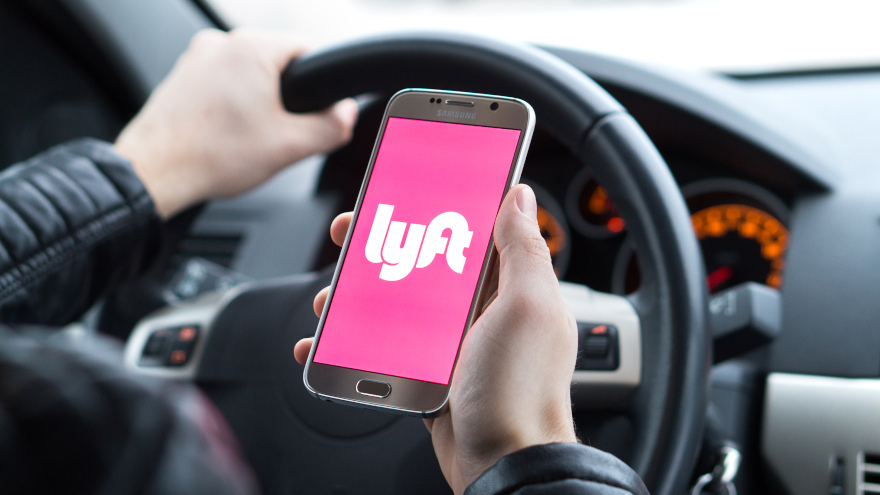Lyft joins with 3 new partners to ‘build the autonomous future’

Editorial credit: Tero Vesalainen/Shutterstock.com
Lyft has taken steps toward its plan to incorporate autonomous vehicles into its operations.
Three of them, to be exact.
The rideshare provider announced three partnerships designed to connect consumers with AV rides through the Lyft app in the near future.
A partnership with Mobileye, a producer of self-driving technology and advanced driver assistance systems, will make Lyft’s scaled rideshare platform available to all vehicles equipped with Mobileye Drive self-driving technology.
The vehicles will “hit the road ‘Lyft-ready’,” the company said, giving small and large fleet operators “seamless access to Lyft’s platform and network of riders to optimize their vehicles.”
“Cooperating with leading mobility providers and operators is an essential step to bringing autonomous mobility services to reality,” Mobileye president and CEO Amnon Shashua said. “Enabling Mobileye Drive with Lyft’s network of 40 million annual riders in North America would allow our AV customers to reach new markets and geographies with autonomous services and provide the benefits of the technology through a sustainable business.”
Lyft also announced collaborations with AV tech company May Mobility and artificial intelligence-powered mobility company Nexar to “solve for other key parts of the AV value chain.”
May Mobility’s multi-year partnership includes plans to launch autonomous vehicles in the Lyft app, with the first deployment coming in Atlanta in 2025. May Mobility said the initial deployments will use safety operators and transition to driver-out operations over time.
“Riders in Atlanta will soon find taking an autonomous ride with May Mobility as simple and intuitive as any other Lyft mode,” Lyft executive vice president Jeremy Bird said.
The companies said Atlanta riders will have the opportunity to be matched with a fleet of autonomous Toyota Sienna minivans equipped with May Mobility’s autonomous technology, a service Lyft and May Mobility plan to scale over time in multiple markets.
“Partnering with Lyft will open up new markets for us to operate in, granting greater mobility to more people, more quickly,” May Mobility co-founder and CEO Edwin Olson said. “We will continue to deliver the valuable service our riders love as we work with Lyft to make our cities better places to live.”
Nexar and Lyft will work together to explore ways to harness the power of aggregated, anonymized marketplace and fleet data to help OEMs and AV companies build better and safer autonomous technology.
Nexar chief product officer and co-founder Eran Shir said his company’s partnership with Lyft is “a pivotal moment in our journey to accelerate the future of autonomous driving,” and added, “By combining Nexar’s unparalleled video data capabilities to Lyft’s vast rideshare network, we are setting a new standard for AV training and real-world driving insights.”
Nexar said the companies will use its extensive video telematics to create “data-driven solutions that accelerate the deployment of AV technologies,” adding Lyft data to Nexar’s hundreds of millions of hours of video footage to contribute to a more complete data set for autonomous research and development.
“Data is the bedrock of a safe and scalable autonomous future,” Bird said. “Better data enables better outcomes, and we’re looking forward to working with Nexar’s team to create rideshare-specific datasets for our AV partners. This partnership is part of our work to make Lyft’s network the best way to commercialize AVs at scale, and empowers us to use our rideshare expertise to push the entire industry forward.”
Lyft said its rideshare network offers an easy and fast way for AVs to scale and for partners to monetize their technology, providing access to 40 million riders annually as well as fleet management capabilities.
CEO David Risher said as the company and its partners work to “build the autonomous future together,” there will be more partnerships to follow.
“Lyft’s aim is to connect AVs, drivers, riders and partners to create new opportunities for all,” he said. “Our rideshare network will continue to evolve as millions of people will have the opportunity to earn billions of dollars, whether they choose to drive, put their AVs into service or both.”


